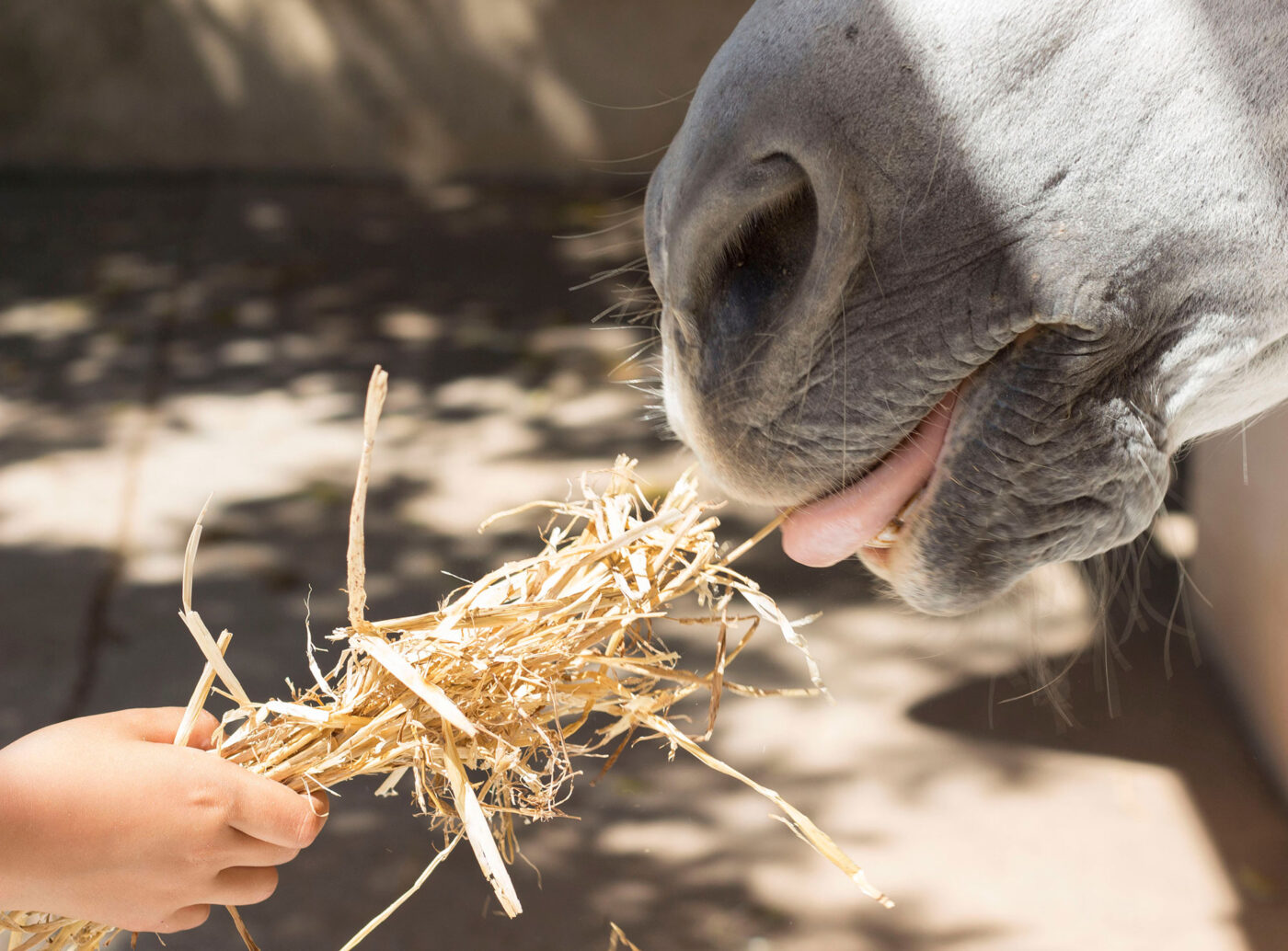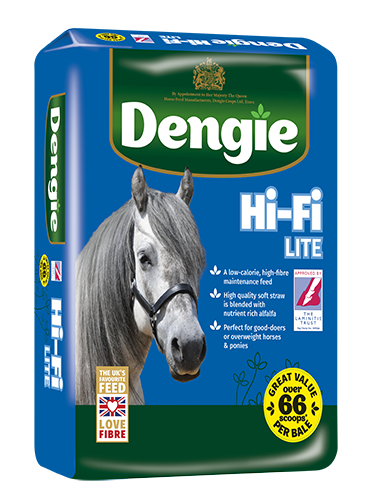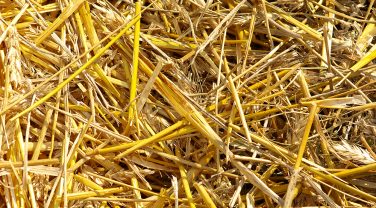Feeding Straw To Horses
In the UK, feeding straw to horses as the sole forage source is rarely done and some people are put off using it at all because they believe it is one of the causes of impaction colics in the horse. This is a shame as straw for horses can be a really useful feed ingredient particularly for diluting more nutritious fibre sources so the combination can be used to maximise chew time for good doers. A recent study investigating feeding barley straw to horses together with hay to those who were overweight, found the group on the straw/hay diet had a significantly greater weight loss compared to feeding hay alone. Although the study didn’t match the volume of forage between groups, one thing that we can take away from the study was that there were no impactions, providing further support that straw is safe to use.

What are the benefits of a horse eating straw?
Straw is high in fibre and has a very low calorie level compared to other forages as it contains higher proportions of indigestible materials such as lignin. It is great for mixing with good quality hay or haylage to dilute the calories supplied to good doers especially in situations where it is hard to buy in separate forage such as on a livery yard where forage is provided as part of the livery arrangement.
Another benefit of a horse eating straw is that it can also be part of the bucket feed and at Dengie we use straw as a key ingredient in our Hi-Fi range to provide a lower calorie ration helping to promote weight loss and reduce the risk of issues such as laminitis. Although straw has very little buffering capability itself, it is still beneficial for gastric health in the sense that it increases chew time and therefore greater saliva production. This is important as saliva contains bicarbonate which helps to buffer acidity in the horse’s digestive tract.

Straw often gets “bad press” in the context of gastric ulcers as one study by researchers in Denmark, found that a horse eating straw as the sole or predominant forage source was 4.5 times more likely to have gastric ulcers. What often gets lost when people read this research is the proportion of straw in the ration. In the UK, straw is rarely fed as the sole forage source to horses and recognising that straw can be useful as a low-calorie forage source for good doers, a follow up study has been published investigating the safety of feeding 50% wheat straw. The research found no increased risk of ulcers from using 50% straw to replace haylage in the ration. 3 weeks is long enough for ulcers to develop and from anecdotal use of straw as a part of a ration over the long term, there is not currently any reason to suspect gastric ulcer issues are more likely to occur with the long-term use of straw, especially if it means more forage can be fed in total. For more information on feeding straw to horses with EGUS read our guide.
Do horses eat straw?
Although straw is often not the most palatable source of fibre, most horses will eat it, particularly if they are on a restricted diet. It can easily be mixed in with hay and soaked or steamed if necessary. At Dengie we add herbs or coatings to help with palatability and the straw is also dust extracted. Horses on a straw bed are very likely to tuck in if they are on restricted quantities of other forage and so are consuming straw that way too!
What type of straw is best?
Oat straw is the majority of the straw we use at Dengie, but in times of shortage we supplement with wheat straw to ensure we can maintain supply.
The recent study by Jansson et al (2021) used 50% wheat straw to replace haylage with no ill effects and other studies have used barley straw. The rate of consumption of straw mixed with haylage was slower than when fed haylage alone with the resulting effect being a lower plasma insulin response. Straw has a much lower water soluble carbohydrate (WSC) content than grass forages so a lower insulin response would be expected but when the rate of intake was slowest in the evening, the researchers found no significant increase at all in insulin levels. This suggests that using low WSC forages and slowing the rate of intake are both important strategies in managing horses with insulin dysregulation (ID) or the potential to develop ID due to being overweight or obese.
The nutritional value of different straws will vary according to the type but also the growing and environmental conditions. On average, straw would have a starch level of around 2.5% and WSC (water soluble carbohydrate) of 6.5% (Equine Applied and Clinical Nutrition, 2013).
For further advice on feeding straw to horses or to receive a personalised ration plan for your horse call the Dengie Feedline on 01621 841188 or complete our Feed Advice Form.



